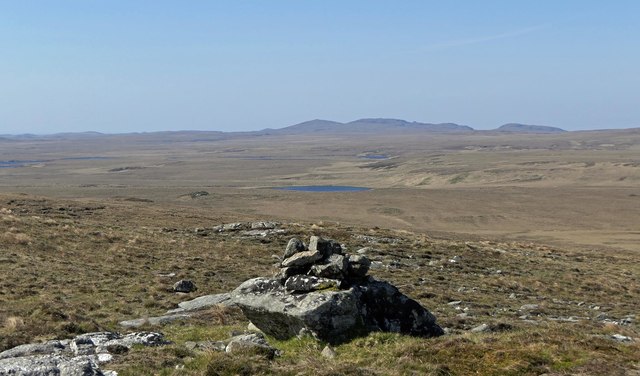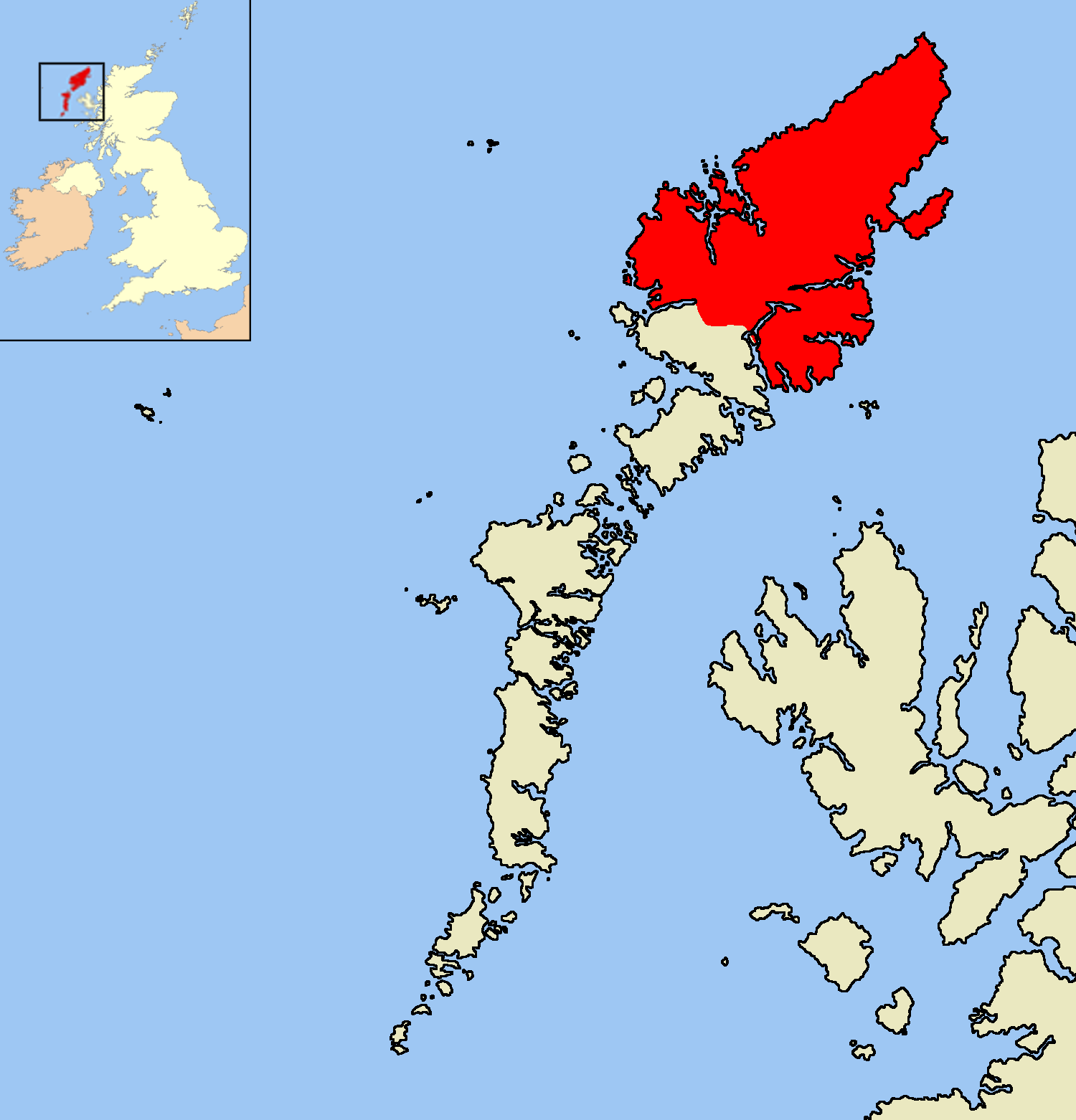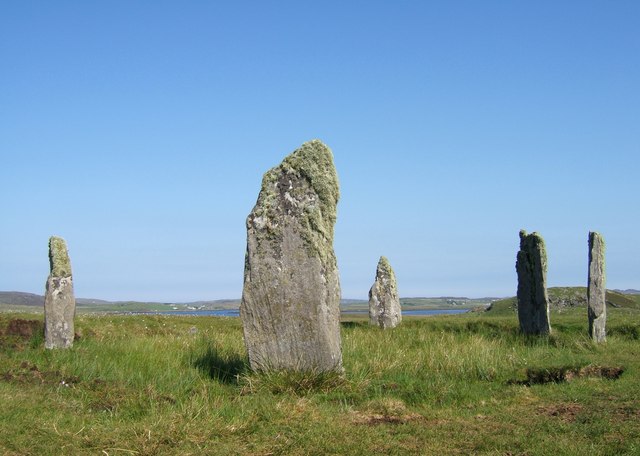Loch Urabhal
Lake, Pool, Pond, Freshwater Marsh in Ross-shire
Scotland
Loch Urabhal

Loch Urabhal is a picturesque freshwater loch located in Ross-shire, Scotland. Nestled amidst the stunning Scottish Highlands, it covers an area of about 50 acres and is surrounded by lush greenery, rolling hills, and dramatic mountain peaks. The loch is situated near the village of Ullapool, making it easily accessible to visitors.
The water in Loch Urabhal is crystal clear and fed by several small streams that flow from nearby mountains. It is known for its exceptional purity, making it an ideal habitat for various species of fish, including brown trout and salmon. Fishing enthusiasts often flock to the loch to indulge in their favorite pastime.
Surrounding the loch is a diverse ecosystem comprising of marshes, reed beds, and wetlands. This vibrant freshwater marsh provides a sanctuary for a wide range of aquatic plants and animals, including waterfowl, otters, and dragonflies. Birdwatchers can spot an array of bird species, such as herons, ducks, and even ospreys, which are known to nest in the vicinity.
Loch Urabhal offers breathtaking views and a peaceful atmosphere, making it a popular destination for nature lovers and photographers. Visitors can enjoy leisurely walks along the loch's shore, taking in the panoramic vistas and observing the abundant wildlife. Additionally, the area surrounding the loch offers opportunities for hiking, mountain biking, and camping, making it an appealing spot for outdoor enthusiasts.
In summary, Loch Urabhal is a captivating freshwater loch in Ross-shire, Scotland, known for its pristine waters, diverse ecosystem, and stunning natural surroundings. Whether for fishing, birdwatching, or simply taking in the beauty of the Highlands, Loch Urabhal offers a memorable experience for all who visit.
If you have any feedback on the listing, please let us know in the comments section below.
Loch Urabhal Images
Images are sourced within 2km of 58.202003/-6.5873111 or Grid Reference NB3032. Thanks to Geograph Open Source API. All images are credited.






Loch Urabhal is located at Grid Ref: NB3032 (Lat: 58.202003, Lng: -6.5873111)
Unitary Authority: Na h-Eileanan an Iar
Police Authority: Highlands and Islands
What 3 Words
///muddy.tickets.lurching. Near Leurbost, Na h-Eileanan Siar
Nearby Locations
Related Wikis
Isle of Lewis
The Isle of Lewis (Scottish Gaelic: Eilean Leòdhais) or simply Lewis (Scottish Gaelic: Leòdhas, pronounced [ˈʎɔːəs̪] ) is the northern part of Lewis and...
Achmore, Lewis
Achmore (Scottish Gaelic: An t-Acha Mòr; marked on some maps as Acha Mòr) is a village in the Scottish Outer Hebrides, on the Isle of Lewis. The name means...
Lewis Peatlands
Lewis Peatlands (Scottish Gaelic: mòinteach Leòdhais) is a large area of blanket bog covering more than one third of the Isle of Lewis, off the west coast...
Garynahine
Garynahine (Scottish Gaelic: Gearraidh na h-aibhne) is a settlement on Lewis, in the Outer Hebrides, Scotland. Garynahine is situated at a T-junction where...
Have you been to Loch Urabhal?
Leave your review of Loch Urabhal below (or comments, questions and feedback).













